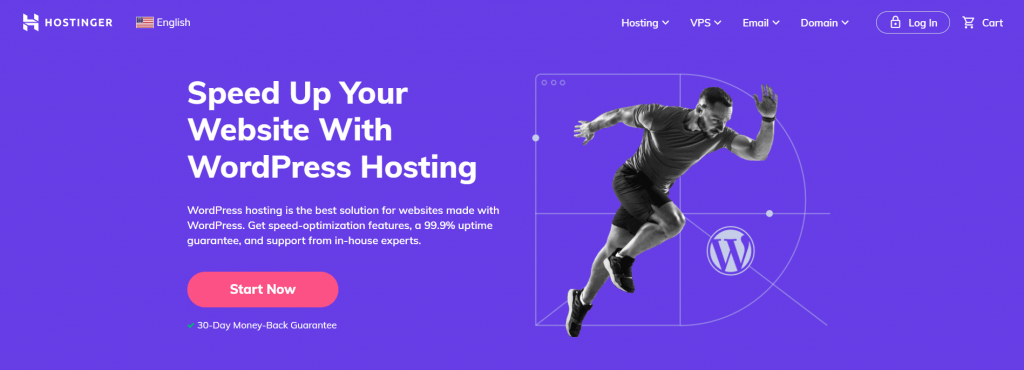The healthcare industry is unlike any other sector, particularly when it comes to organizing, aggregating and sharing data. Most hospitals and health systems sit between a world of fax machines and legacy systems and digital innovation. Megan Zakrewsky’s background is steeped in healthcare innovation, particularly the shift from paper to digital medical records, with nearly 20 years of her career focused on interoperability. The challenges of health tech adoption and implementation are nothing new to her. Her role as an adjunct professor with Thomas Jefferson University in Philadelphia while serving as Vice President of Product with Veradigm enabled her to balance serving a healthcare technology vendor while engaging with various stakeholders in the healthcare delivery ecosystem.
In an interview, Zakrewsky talked about Veradigm’s role in reducing the administrative burden on providers by streamlining fragmented approaches and eliminating the “crowded desktop” experience within electronic health records (EHRs). Veradigm works with payers and providers to strengthen and streamline workflows to reduce multiple care gaps.
Zakrewsky said she joined Veradigm for the opportunity to bridge the connections between providers and payers. At that time, payers were far behind providers from a data adoption perspective, which presented an exciting challenge to her.
“It felt like we already had a blueprint of the work that we’d been doing in laying those foundations and pathways so that we could really bridge connectivity, as payers have started to build up their ability to consume large amounts of clinical data and do something with it. Synthesizing claims and clinical data creates meaningful intelligence, especially from the payers. Everything I do for Veradigm focuses on meaningful payer-provider interoperability and data exchange.”

Veradigm’s Payer Insights solution is designed to streamline clinical workflows by reducing the time it takes to open third-party apps outside of the EHR, improve care gap closures, enhance care quality and improve patient outcomes.
Asked if there’s an 80:20 rule that could be applied to health tech administrative burden, Zakrewsky acknowledged that 80% of the burden comes from managing just a small fraction of the care gaps.
“A lot of the gaps are created because data is hard to reach. Interoperability is still a struggle, especially for community providers that don’t necessarily have the technology and resources to connect with all of the different places where they need to source data,” Zakrewsky said. “If we can focus on the vast majority of gaps that move through the ecosystem using solutions like what Veradigm is trying to do inside of our own EHRs and other EHR vendors, we can make a real impact in reducing that administrative burden.”
Through workflows that are intuitive to clinicians at the point of care, health tech companies can help payers and providers reduce the struggle to navigate through different systems.
There are some factors that are completely out of payers’ and providers’ hands, however. When patients miss annual screenings, immunizations and other regular medical appointments, the risk is that small changes in their health won’t be caught early and instead will worsen and increase the risk of hospitalization and higher medical costs, burdening the health system.
“Payers have a more comprehensive view of patients because they are receiving information from the various clinicians from whom patients can seek care. In some ways, payers can connect the dots much faster than clinicians,,” Zakrewsky said. “We’re also able to alert healthcare providers on chronic condition data that need to be recaptured year over year and documented from a CMS perspective.”
Zakrewsky acknowledged that there’s a significant administrative burden and pressure at the point of care, but its Payer Insights solution can give clinicians a more comprehensive picture of their patients. Payers can sometimes extrapolate from health plan member data that other conditions may be present that primary care providers aren’t aware of. With the help of Veradigm, payers can identify “suspected conditions” based on clinical data and other information in the patient’s medical history – whether it is medication that the patient is taking or procedures that they may have had. Payers can view data from a financial and clinical context and they can view the source of claims data. They can use these opportunities to spur communication with providers and determine if follow-up care beyond preventive care is warranted.
“We really want to make sure that when the patient is face-to-face with the provider, as many open conditions can be addressed as possible, because you don’t know when that patient may come back in. We want to make sure that all three stakeholders –the payer, the provider and the patient – are equally at the table and can advocate for better patient outcomes,” said Zakrewsky. “What I think is so exciting about right now is linking data to reduce the disconnect between these different parties.”
Just as not having enough data can create care gaps, having too much data can also cause problems. Multiple payers trying to generate insights at the point of care only bog down providers with more and more apps and workflows to remember to get through their day. A survey of 250 U.S. clinicians in the report, “How EHR Workflows Impact Clinician Experience, Patient Care, and Profitability”, found that 91% of respondents said they had six or more external decision support tools on their computer. About 80% of clinicians in the report said they avoided tools providing payer insights that exist outside of EHRs.
These statistics say a lot about the interest in implementing tools that provide helpful insights for clinicians but also the need for those insights to be easily accessible within clinical workflows. There need to be ways for payers to easily transmit information and insights back to the providers that are sharing claims and clinical data with them, Zakrewsky noted. Because Veradigm sits between payers and providers, it’s uniquely positioned to create solutions that simplify collaboration between these groups.
These bi-directional capabilities support the ebb and flow of data between payers and providers. Although providers have been able to convey data to payers for quite some time, it’s not as common for payers to communicate information to providers outside of prior authorization.
“It’s that duality that is really critical to true collaboration, right? Because we can’t have providers just sending their clinical data to payers seeing the full view of a patient,” said Zakrewsky. “There needs to be ways for payers to get information and insights back to the providers that are providing claims and clinical data to them.”
EHR vendors can’t be everything to everyone in the healthcare ecosystem. There’s always new, emerging technology that can augment a provider’s user experience. For example, AI has an important role to play in reducing the administrative burden clinicians face by helping to automate tasks through machine learning and predictive text.
“If we can automate the tasks that help clinicians capture patient data accurately, that could have a positive impact on patient care,” said Zakrewsky.
Trust and transparency are critical for robust collaboration. Health tech adoption by providers rests on a few constants: usefulness, ease of use, easily fitting into workflows, and ability to securely and efficiently transmit data. But for relationships between providers, payers and health tech vendors to thrive, trust is essential. Zakrewsky referred to a “trust factor” that is essential for health tech vendors to uphold the highest standards of quality and safety.
Shared incentives are also an important characteristic of successful collaborations. Zakrewsky noted the industry shift from fee-for-service to value-based, risk-based care where payers and providers are equally incentivized to improve patient care and patient outcomes in a meaningful way. Aligned incentives to impact better patient outcomes is also important.
“With all this great technology comes great responsibility. We want to make sure we’re doing it right and that the information that’s being surfaced to providers and facilitating payer-provider collaboration is accurate because, honestly, once we start surfacing things to clinicians, if that’s not 100% accurate or opens them up for risk, then it will immediately get shut down. When payer data supports, not distracts, clinicians at the point of care, we move from information overload to intelligent care. That’s the shift that will define healthcare’s next chapter.”
Photo: The Good Brigade, Getty Images






